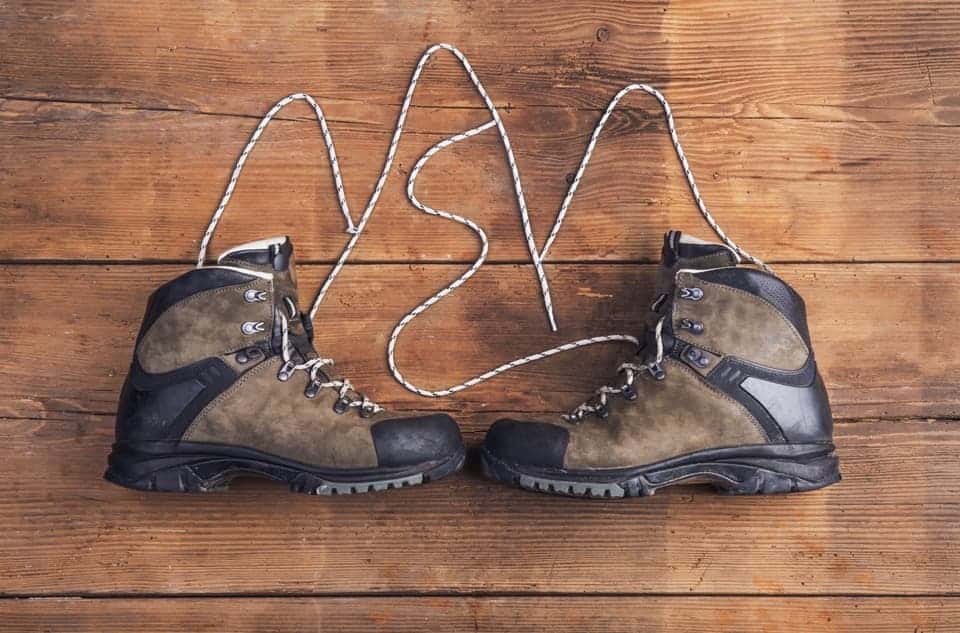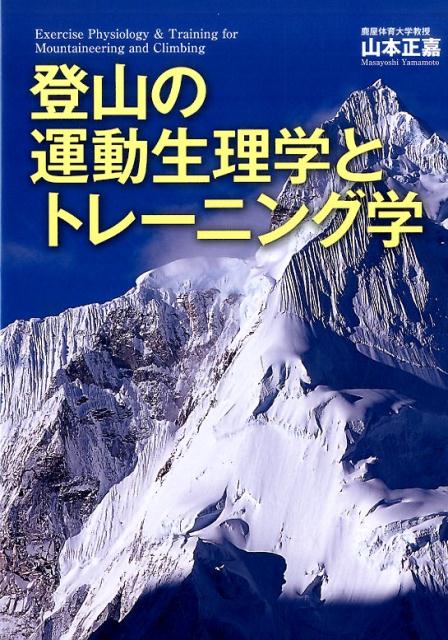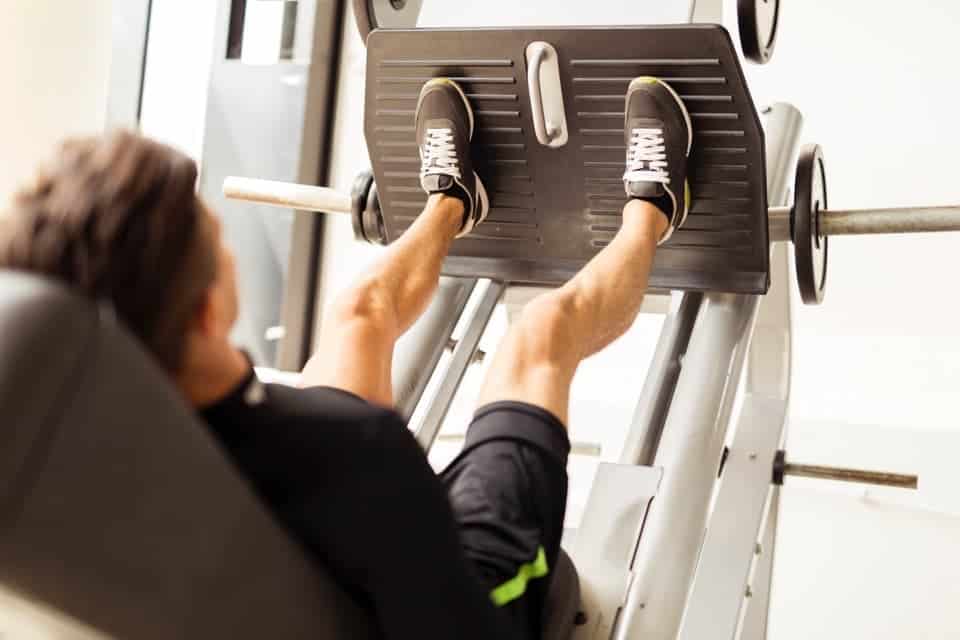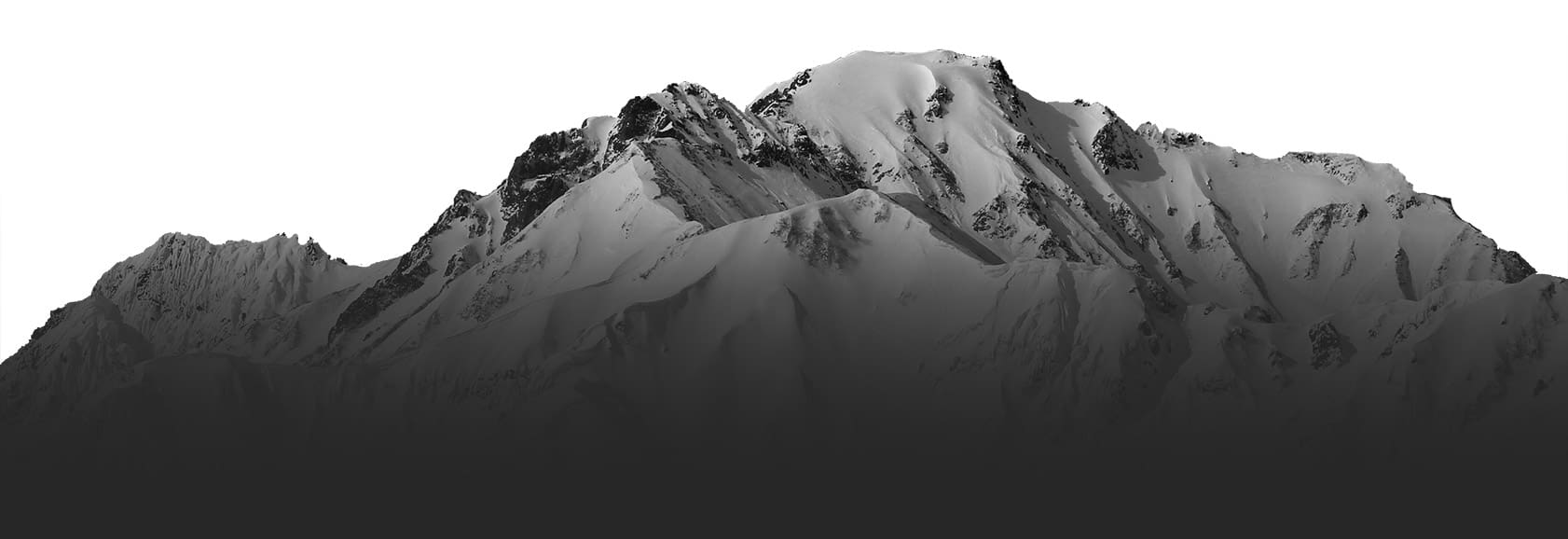There are various techniques for climbing. One of them is “not beating”. You only need to avoid situations where you run out of physical strength while climbing and you can't move.
For general mountaineering, the daily action time is between 6 and 8 hours. If you don't learn how to enjoy climbing while preserving your physical strength, that time will be just a painful walk rather than a climb.
A point to avoid getting swept up by walking in the mountains
1. Determine your physical condition on the day of climbing
Don't implement a hard climbing plan when you are in poor health. It sounds natural, but it's easy to overdo it.
Sleeping is easy to get up early on the day of climbing or staying the night before, but lack of sleep is a great enemy for long-time activities.
If your physical condition and lack of sleep overlap, you may want to stop climbing that day. If you do not, you may end up annoying other people as a result.
2. Do not climb beyond the level of your skill and physical strength
Do not make a hard climbing plan, such as choosing a course that you are not used to climbing, or beginners choose a course whose action time exceeds 8 time from the beginning.
One of the causes of fatigue during mountain climbing is the use of extra physical strength and useless physical strength in difficult courses such as unfamiliar rocky fields, swamps, galleries, zare fields, and habits.
If you can experience mountain climbing by doing the number of times and the number of days, and you can climb the mountain without using extra strength, you should be able to climb naturally and hard to beat.
Relieving tension, relaxing, and climbing the mountain may be the kind of secret that makes you feel tired.
3. Walk at a constant pace
Let's walk slowly with special attention to the first 30. The guideline is “walking while talking”.

The time of 30 minutes is just the right time to check the state of whether the shoelaces of the mountaineering shoes are loose, and so much time is necessary for the body to become better. Check it when you start walking slowly, about 30 minutes, and then start walking at a normal pace.
Then, gradually increase the pace, but as a guideline, keep your heart rate around 130.
Target heart rate when climbing (per 1 minute) = 180-My age (Maffeton formula)
Remember that. If you have a watch with a heart rate monitor function, you should try to measure it once. However, this number is a guide. If you are not confident in your physical strength, try using 5 to 10 lower than this value as a guide.
Let's walk at a pace where you can keep walking for a long time with occasional short breaks.
4. Let's feed well
The approximate calorie consumption for mountain climbing is
Energy consumption = Your weight (kg) × Exercise time × 5kcal
.
If a person who weighs 70 kilograms treks for 6 hours, the calories burned is 2100kcal.
Mountain climbing consumes more calories than you normally expect. Let's be careful not to cause Shari Bate by devising behavioral foods.
5. Proper hydration
Estimated amount of water required = your weight (kg) x action time x 5ml(Based on research by Kanoya University of Physical Education and Professor Masayoshi Yamamoto)

Masayoshi Yamamoto Climbing exercise physiology and training
Let's drink water little by little so as not to cause dehydration. Easy hydration while walkingHydrationIt is convenient to use.
How to train muscles necessary for mountain climbing
Mountaineering is nature ’s sport.
If you spend most of the weekend in the mountains, it seems to be training in itself, but that is not always the case.
Mountain climbing from the viewpoint of exercise physiology is the same as marathonAerobic exercise (aerobics)It becomes. As well as gaining physical strength, it is necessary to increase endurance by increasing oxygen intake and strengthen cardiopulmonary function. UsuallyJogging or walkingIt would be nice to keep
Unlike walking when commuting or going to school, walking for mountaineering isExercise walkingIt becomes. It is necessary to train with awareness of the correct way to walk.
On weekends when you can't go mountain climbing, you will first try 30 exercise walks and gradually increase your level to a faster walk. This is a knack for training to increase the endurance of the whole body for mountain climbing.
The muscles used for mountain climbing are not only the leg muscles but also the back and abdominal muscles. This is nothing but Zac carrying a large and heavy load.
I can do it at homeSquatIs very effective in building the muscles needed for mountain climbing.

If you are going to a gym, in addition to aerobic exercise,Leg press (above photo) and AbdominalLet's incorporate muscle training such as.
It is very useful for climbing to gain physical strength through these regular trainings. It is important to continue training. Let's start with a reasonable range.
Training your abdominal muscles, back muscles, legs and other muscles at home is the secret to making your next climb as easy as possible.







